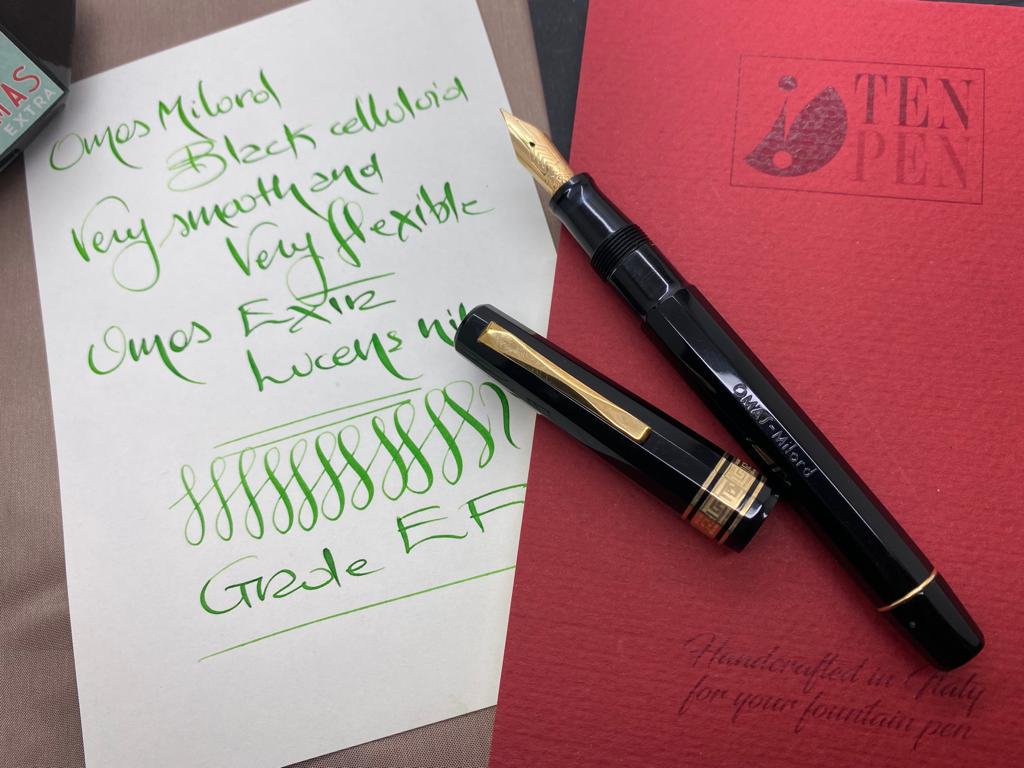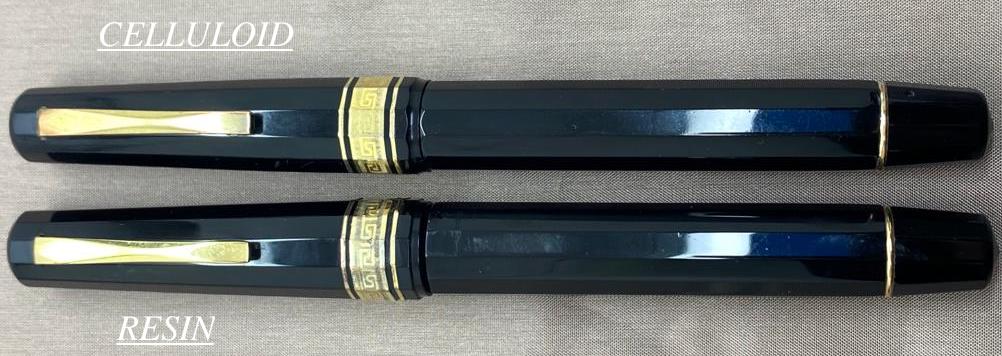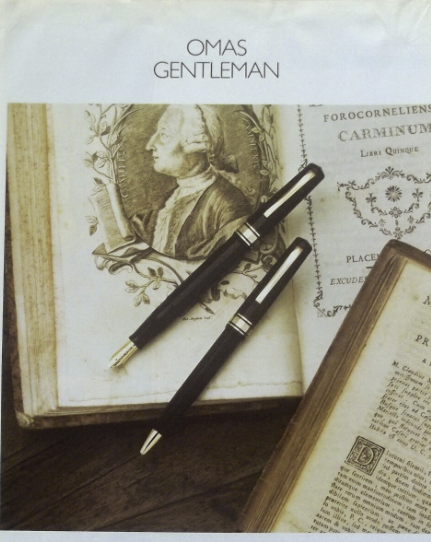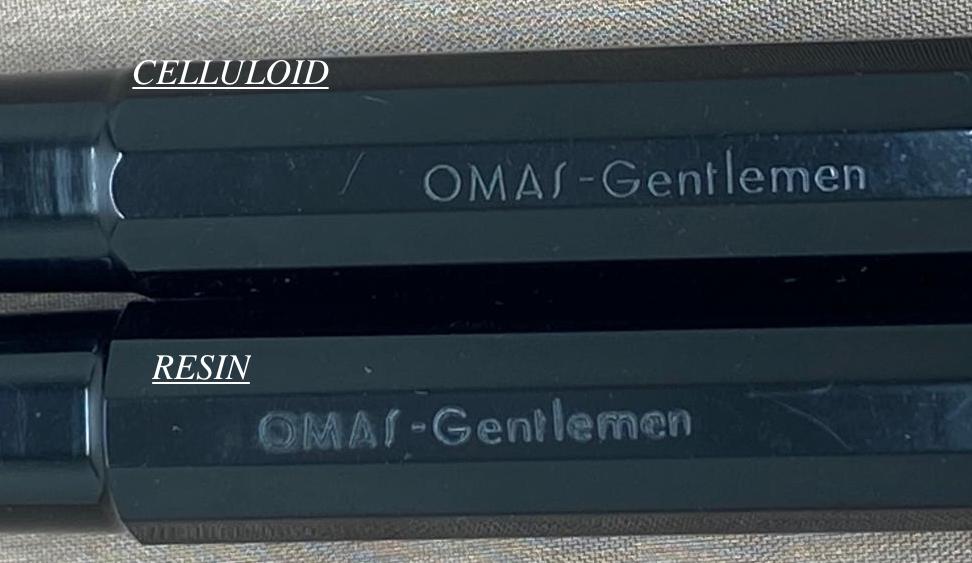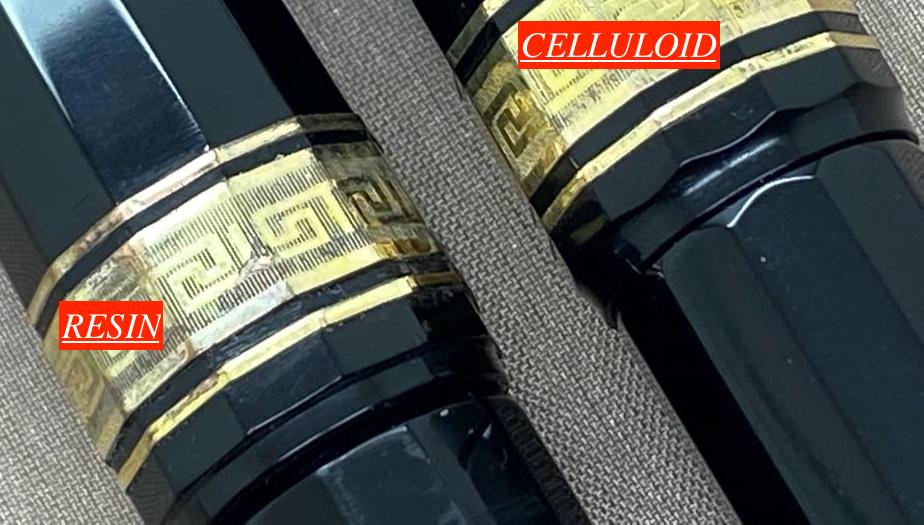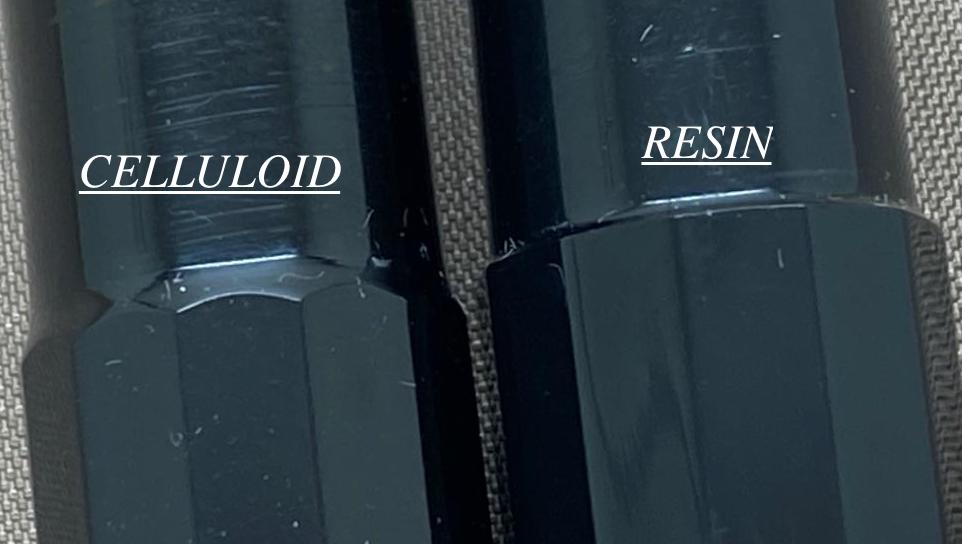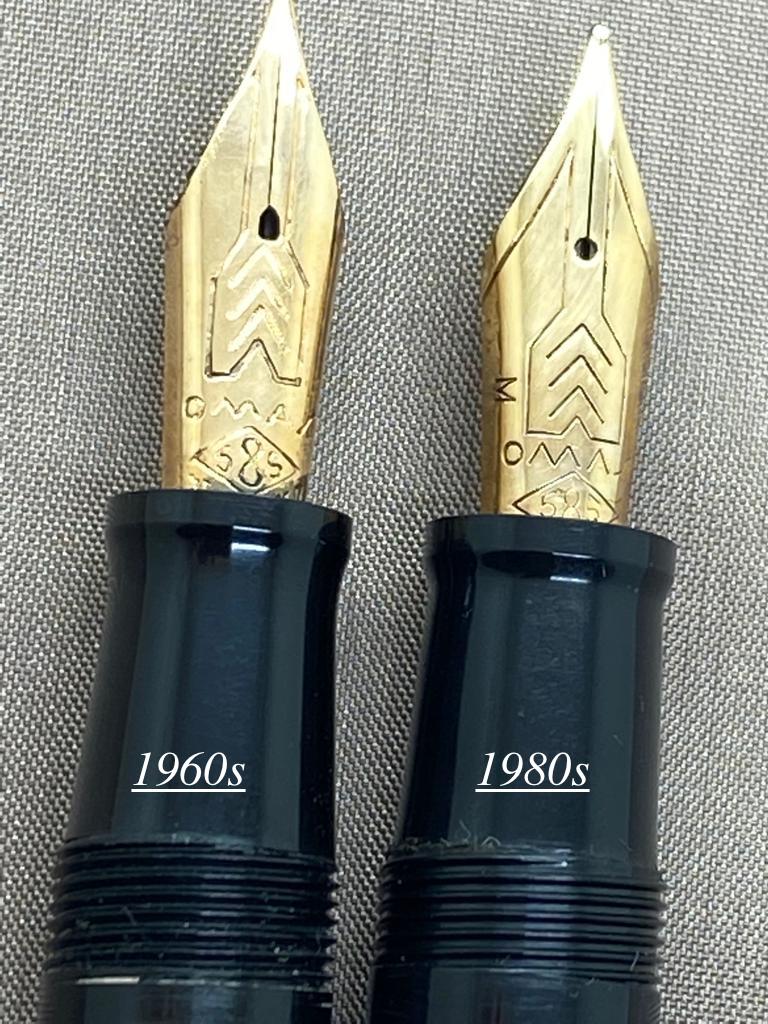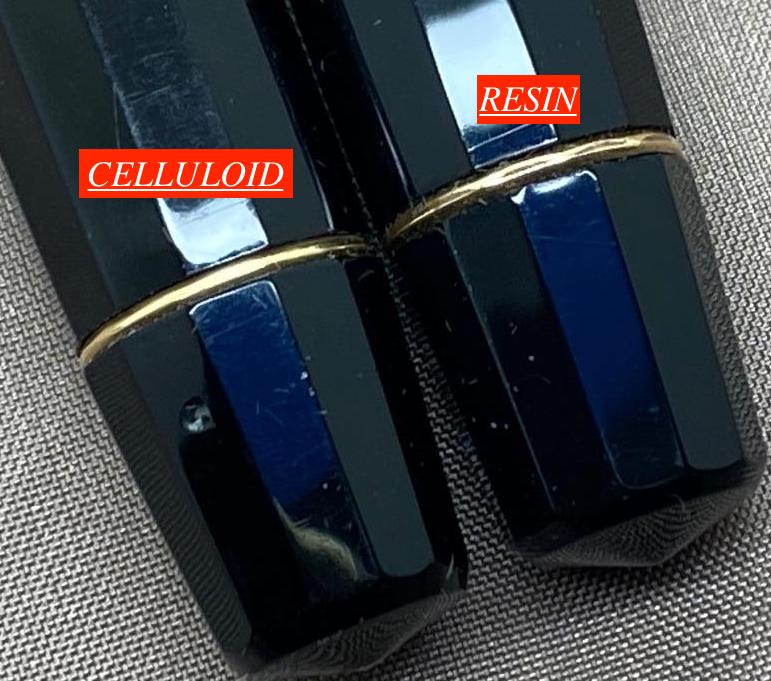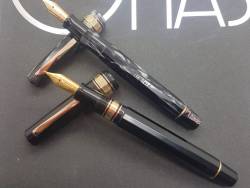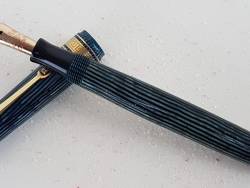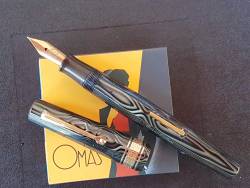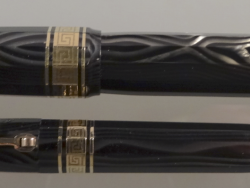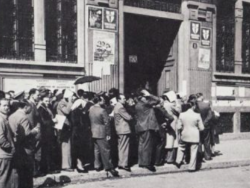REPETITA IUVANT - HOW TO DISTINGUISH BETWEEN MILORD/GENTLEMEN IN RESIN OR CELLUOID
I keep on receiving requests from collectors and users who are not able to distinguish between Milord and Gentlemen pens in celluloid and resin.
Although I have already approached this subject, I will do it again, following the Latin saying “repetita iuvant” and hoping to make things easier to understand.
Actually the pens are very very similar. Design and size are almost identical but there are a few details which can easily help to identify time of production and material.
A pinch of history:
According to the Omas Book ( Emilio Dolcini - Omas - ed. OPS) Milord and Gentlemen models were introduced in 1963. Actually, the real date of introduction must be a bit later, probably after 1965, since an Omas catalogue from that year does not include them, yet.
In 1965, Omas was still officially offering 55Xs, 361s (both cylindrical and facetted), Vs and Cs models but no Milord nor Gentlemen.
Given this, the span of life of these models was just a bit longer than 10 years, since they were replaced in the early 1980’s by the line of resin Gentleman, Milord and Paragon pens.
That being said, it is important to clarify that the original assumption that the barrel engraving Gentlemen only refers to pens in celluloid from the 1960s, is not true.
After finding a number of Omas Gentlemen pens in black resin, I think it can be stated that the early resin production of the 1980’s was with the “Gentlemen” engraving and only later on, the name was ( maybe by mistake?) changed into Gentleman
At this point, here are the details you have to check out to be sure to date your pen and define the material.
1) Facets on the cap
Look below the cap bands, if the facets end with a straight line, it is resin.
If the facets end with a rounded design, it is celluloid.
2) Facets on the barrel
The same is true for the way the facets end below the grip. If they form a straight line, it is resin. If they are rounded, it is celluloid.
3) Section
Celluloid sections have a somewhat lighter outline, while resin sections look a bit sturdier and thicker.
4) Turning knob
Gentlemen and Milord pens in celluloid have the traditional Omas piston filling mechanism, the same as you can find on 55Xs, Extras and Ogivas from the 1950’s; the mechanism is kept in place and assembled using a small pin which goes through the turning knob.
Resin pens of the 1980’s have an injection moulded piston which is assembled in a different way and does not need the pin.
So, if there is a small hole in the turning knob, it is celluloid, if there is no hole, it is resin.
5) Nib
Celluloid Milord and Gentlemen models were fitted with Omas Extra Lucens nibs like the ones used on 55X/F and previously on Extra Lucens Models.
Later Milord and Gentlemen/Gentleman models have instead modern Omas nibs with a round venthole without the engraving Extra Lucens.

